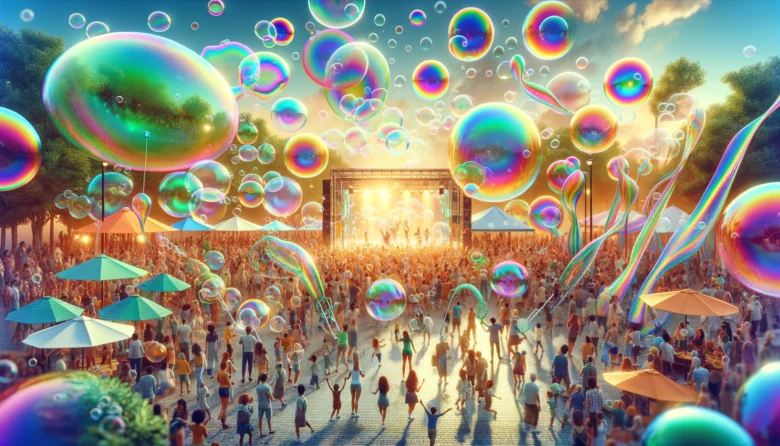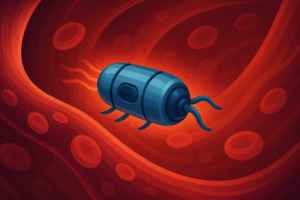Bubbles: a simple joy witnessed from the soapy spheres floating through the air at a child’s party to the frothy top of your morning cappuccino. But have you ever stopped to wonder why bubbles are so captivating, both to the eye and to the mind of a scientist? In this blog, we dive into the enchanting world of bubbles, from the delicate physics that defines their shape to their surprising role in art, entertainment, and cutting-edge technology. Join us as we explore how these ephemeral globes can teach us profound lessons about the nature of our world.
Section 1: The Delicate Physics of Bubbles
At their core, bubbles are scientific artworks. When you blow a bubble, you create a sphere. Why a sphere? The answer lies in a concept called surface tension. Surface tension occurs because water molecules are more attracted to each other than to the air, forming a tight, cohesive layer. This layer tries to achieve the shape with the smallest possible surface area for a given volume, which is always a sphere.
Mathematically, this is known as the problem of minimal surface area. Scientists use complex equations to understand and predict this behavior, but you can observe it at home with just a bubble wand and some soap. The spherical shape of bubbles is not just a preference—it’s a physical law of minimizing energy and resources.
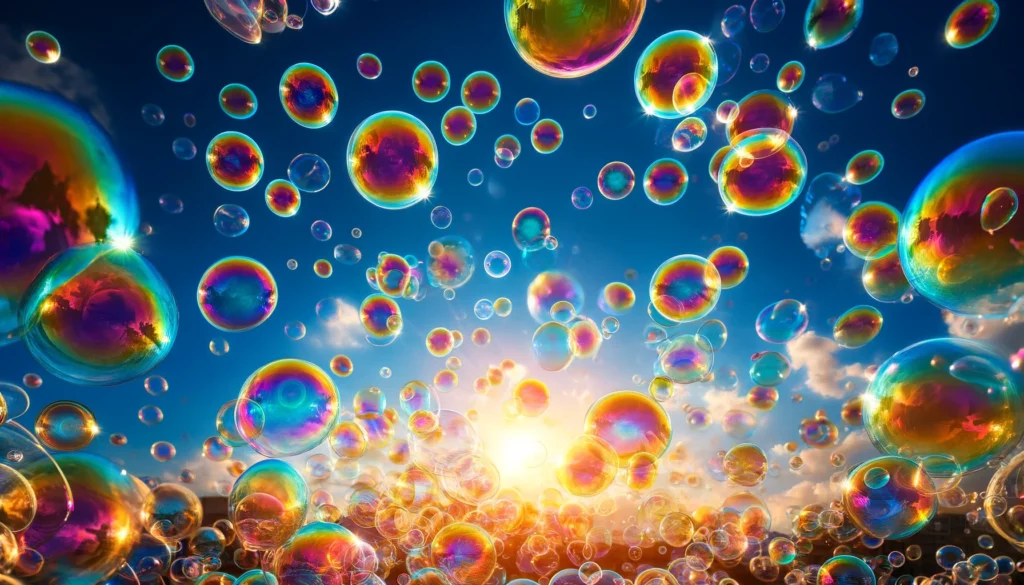
Section 2: Bubbles in Art and Entertainment
Beyond the lab, bubbles have found their place in the sun—literally. Artists and entertainers often use bubbles to captivate audiences with their reflective surfaces and unpredictable movements. Installations like those by Japanese artist Shinji Ohmaki echo the fleeting beauty of bubbles, creating spaces where people can interact with bubble-like effects that mimic their delicate and transient nature.
In entertainment, bubbles create a magical atmosphere at shows and concerts. Professional bubble artists can create smoke-filled bubbles, bubble sculptures, and even bubble domes that delight crowds. Their appeal lies in their simplicity and the pure joy of watching something so light and ephemeral float and then vanish, leaving behind a sense of wonder.
Section 3: Bubbles in Science and Technology
Bubbles aren’t just playthings; they’re powerful tools in scientific and technological advancements. In medicine, tiny bubbles are used in ultrasound imaging to enhance the visibility of blood flow and tissues, helping doctors diagnose health conditions more effectively. In environmental science, bubbles play a crucial role in aerating water and breaking down pollutants in natural and artificial water bodies.
The use of bubbles in these technologies showcases their ability to interact with other physical and biological systems in complex ways, making them invaluable in research and application. Innovations continue to emerge, proving that these tiny spheres are more versatile than one might think at first glance.
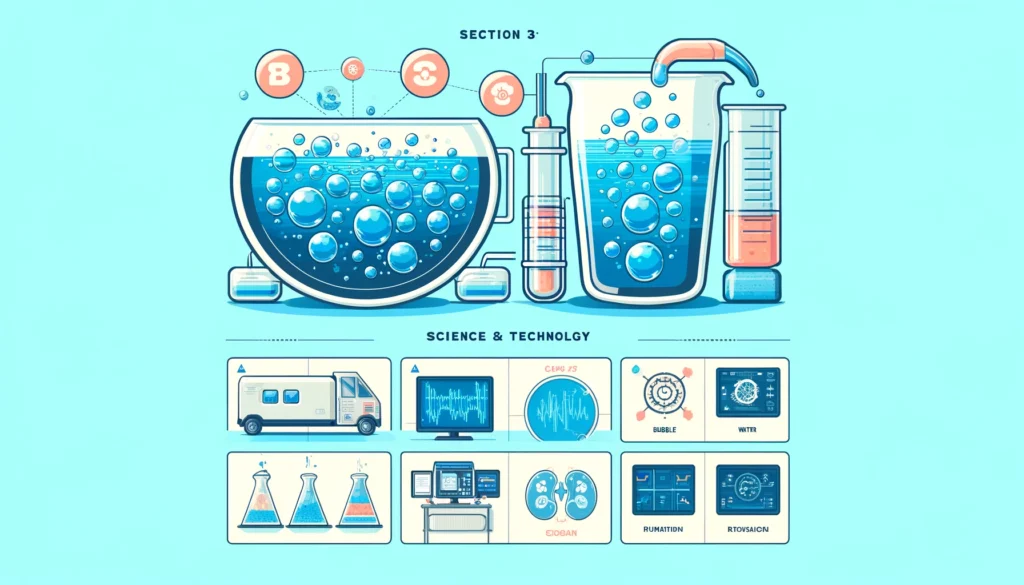
Section 4: Educational and Fun Experiments with Bubbles
Curious about hands-on bubble science? Try these simple experiments at home:
- Giant Bubbles: Mix dish soap with water and a little glycerin or corn syrup to see who can make the largest bubble. This experiment shows how surface tension works on a larger scale.
- Colorful Bubbles: Add a few drops of food coloring to your bubble solution. This not only makes the activity more visually engaging but also helps demonstrate how light interacts with the soap film to create colors.
These activities not only provide fun but also a practical understanding of scientific principles like surface tension, air pressure, and light reflection.
Conclusion
Though they may pop in a moment, bubbles have a permanent place in both our artistic and scientific communities. They teach us about geometry, physics, aesthetics, and environmental science—all through their simple, spherical form. We hope this exploration into the world of bubbles has sparked your curiosity to learn more about the everyday science that surrounds us.
Call to Action
Do you have a bubble story or experiment to share? We’d love to hear how bubbles have inspired you! Share your experiences in the comments below, or dive deeper into the science of bubbles with some of the resources linked here. Happy bubbling!
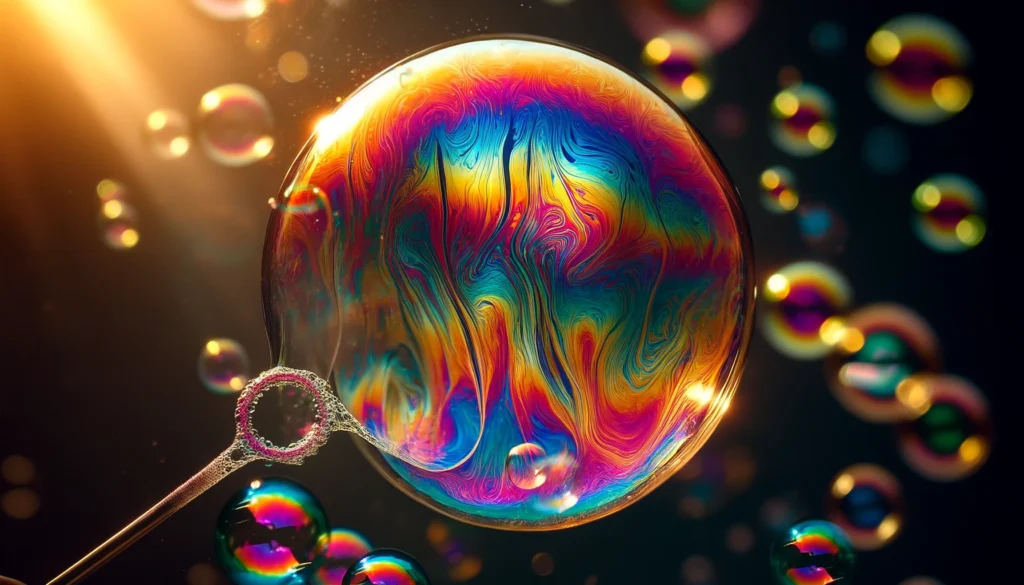
Author’s Note
Thank you for joining me on this bubbly journey! I hope this blog inspires you to look at bubbles—and perhaps the everyday world around you—with a new sense of wonder and curiosity. If you have any bubble experiences or experiments to share, or if there’s another simple scientific phenomenon you’re curious about, let me know in the comments!
G.C., Ecosociosphere contributor.
References and Further Reading
- “The Science of Soap Films and Soap Bubbles” by Cyril Isenberg – Comprehensive exploration of the physics behind soap films and bubbles.
- “Soap Bubbles: Their Colors and Forces Which Mold Them” by C.V. Boys – A classic text that dives deep into the forces shaping bubbles and the beauty of their colors.

